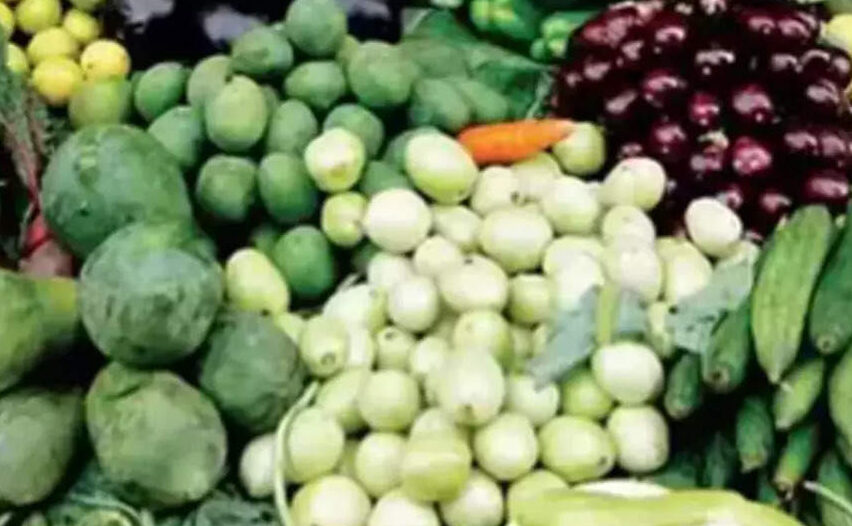MANGALURU: The Dasara festivities over, people across the country are gearing up for the upcoming festival of lights, Deepavali. However, the soaring vegetable prices are likely to cast a pall on the glitter that one usually associates with Deepavali. Although more than a week has passed since the conclusion of the Dasara festivities, vegetables continue to remain dear for the customers.
Before Dasara, the price of one kilogram of tomato was hovering around Rs 20, while the figure has risen to Rs 40 now. Similarly, carrots are being sold at Rs 75/kg, ivy gourd at Rs 65/kg.
However, capsicum is burning a particularly deep hole in the customers’ budget, being sold at a staggering Rs 138/kg; the price of one kilogram of capsicum generally hovered in the Rs 50 to 65 range, but the cost has increased more than two-fold, much to the chagrin of both retail traders and the customers. Hopcoms officials said that, although capsicum was not commonly used in the preparation of traditional delicacies of Dakshina Kannada, fast food eateries and North Indian restaurants were buying the vegetable, despite its prohibitive price.
Among other reasons, vendors and stakeholders cited the rise in the cost of transportation for the spike in the price of vegetables. Unseasonal showers in the Malnad and Old Mysore regions has resulted in the loss of a large percentage of the yield. Since most vegetables arrive at the coast from Chikkamagaluru, Hassan, Shivamogga, Mysuru and Chamarajanagar districts, climatic fluctuations in those districts has pushed the prices north in Dakshina Kannada.
Before Dasara, the price of one kilogram of tomato was hovering around Rs 20, while the figure has risen to Rs 40 now. Similarly, carrots are being sold at Rs 75/kg, ivy gourd at Rs 65/kg.
However, capsicum is burning a particularly deep hole in the customers’ budget, being sold at a staggering Rs 138/kg; the price of one kilogram of capsicum generally hovered in the Rs 50 to 65 range, but the cost has increased more than two-fold, much to the chagrin of both retail traders and the customers. Hopcoms officials said that, although capsicum was not commonly used in the preparation of traditional delicacies of Dakshina Kannada, fast food eateries and North Indian restaurants were buying the vegetable, despite its prohibitive price.
Among other reasons, vendors and stakeholders cited the rise in the cost of transportation for the spike in the price of vegetables. Unseasonal showers in the Malnad and Old Mysore regions has resulted in the loss of a large percentage of the yield. Since most vegetables arrive at the coast from Chikkamagaluru, Hassan, Shivamogga, Mysuru and Chamarajanagar districts, climatic fluctuations in those districts has pushed the prices north in Dakshina Kannada.




